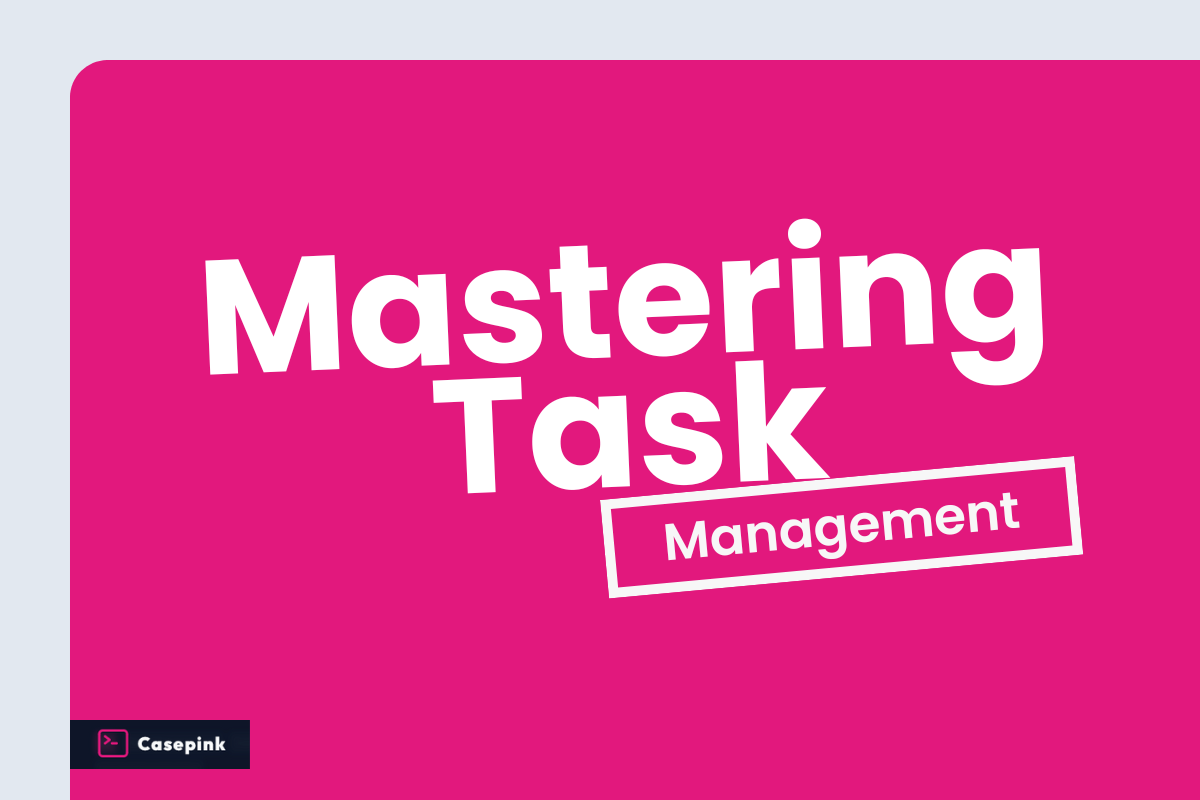
Task lists are everywhere—but real organization starts with strategy, not just checkboxes. If you often feel overwhelmed or forget important tasks, it’s time to refine your system.
Understand the Problem
The issue isn’t always motivation. It’s often:
- Poor prioritization
- Too many tools with no integration
- Lack of visibility into workload
Let’s fix that.
Strategy #1: The Eisenhower Matrix
Classify tasks into four categories:
- Important + Urgent (Do now)
- Important + Not Urgent (Schedule it)
- Not Important + Urgent (Delegate)
- Not Important + Not Urgent (Eliminate)
This framework helps you work smarter—not harder.
Strategy #2: Time Blocking
Assign specific time slots to specific tasks:
- 9:00–10:30 → Deep work
- 10:30–11:00 → Emails
- 11:00–12:00 → Project planning
Tools like CasePink can visually map your day and keep you on track.
Strategy #3: The Daily Top 3
Choose only three high-impact tasks per day. Accomplishing them ensures real progress without burnout.
Strategy #4: Weekly Planning Sessions
Every Sunday evening, plan your week:
- List must-do tasks
- Schedule your top 3 per day
- Leave buffer time for flexibility
Bonus: Use an Integrated Tool
Instead of juggling apps, use platforms like CasePink that centralize:
- Task lists
- Deadlines
- Notes
- Progress tracking
Final Thought
Better task management is less about doing more—and more about doing the right things at the right time. Build a reliable workflow with intention, and you’ll see the benefits compound.